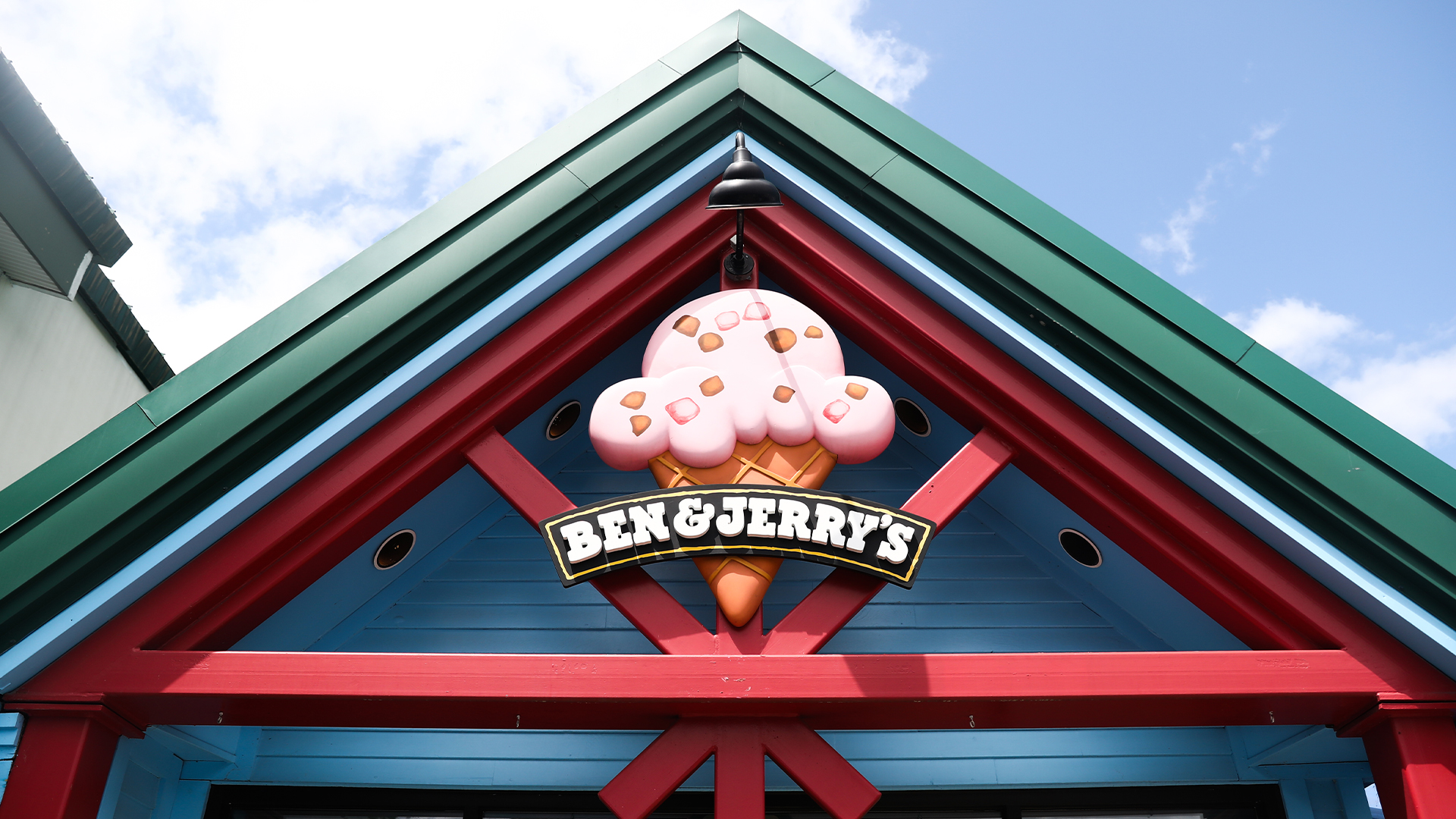In the evolving business and technology landscape, innovation is a major marker of progress. However, ideas are often obstructed by hurdles that challenge the expansion of creativity. As organizations strive to pioneer new horizons, they frequently grapple with a phenomenon known as the “innovation stall.”
Innovation stalls occur when the regular flow of creative ideas within an organization temporarily slows down or halts. This can result from factors like resistance to change, cultural issues, or resource constraints. Amidst these challenges, navigating the delicate balance between tradition and transformation becomes a crucial endeavor for organizations aiming to redefine the boundaries of what’s possible.
What Is The Biggest Blocker To Innovation?
Understanding the obstacles to innovation is pivotal for crafting effective strategies. Among the blockers, a prevalent one is resistance to change entrenched within organizational culture. Embracing innovation requires a fundamental shift in mindset, and resistance can pose a significant threat to progress. This obstacle involves cultivating a culture that not only values experimentation and adaptation but actively champions them as pillars of success.
What Are The Four Types Of Innovation?
Innovation reveals itself in various forms. Exploring the four primary types—product innovation, process innovation, business model innovation, and marketing innovation—provides a compass for those navigating the terrain of creativity.
Product Innovation
Product innovation involves developing and introducing new and improved products to meet changing customer needs and stay competitive. In the realm of evolving smartphones, companies continually push the boundaries of technology, introducing features and capabilities that redefine user experiences.
Process Innovation
Process innovation focuses on optimizing internal operations by implementing new technologies or methodologies. For example, automation in manufacturing streamlines production processes, enhancing efficiency, reducing costs, and improving overall output.
Business Model Innovation
Business model innovation entails reimagining how value is created and delivered to customers. The shift from traditional retail to e-commerce is a prime example as companies rethink their approach to sales, distribution, and customer engagement, often leveraging digital platforms to reach a wider audience.
Marketing Innovation
Marketing innovation involves adopting new and creative approaches to promote products or services. Utilizing social media influencers as brand ambassadors is a contemporary example, as companies leverage the influencers’ reach and credibility to connect with target audiences in unique and engaging ways.
These strategies, spanning from product development to marketing initiatives, underscore organizations’ adaptability and willingness to embrace change in response to the dynamic nature of the market.
What To Do When Innovation Stalls
Identifying the personal or organizational barriers is instrumental in overcoming the innovation stall. Common issues, such as the fear of failure, lack of resources, and a rigid mindset, can be mitigated by embracing a culture that views failures as learning opportunities. Additionally, strategic resource allocation becomes a key driver in navigating and dismantling these obstacles.
Innovation isn’t an abstract concept but a tangible force driving industry progress. Explore myriad examples—from the revolutionary impact of electric vehicles to the transformative force of artificial intelligence and the disruptive nature of subscription-based models. Each example underscores the power of creativity in reshaping traditional norms and steering industries toward new horizons.
As organizations aim for continuous improvement, addressing the innovation stall is paramount. By comprehending the blockers, embracing diverse types of innovation, and dismantling both personal and organizational barriers, businesses can cultivate an environment that fosters creativity and propels them toward meaningful progress.
















